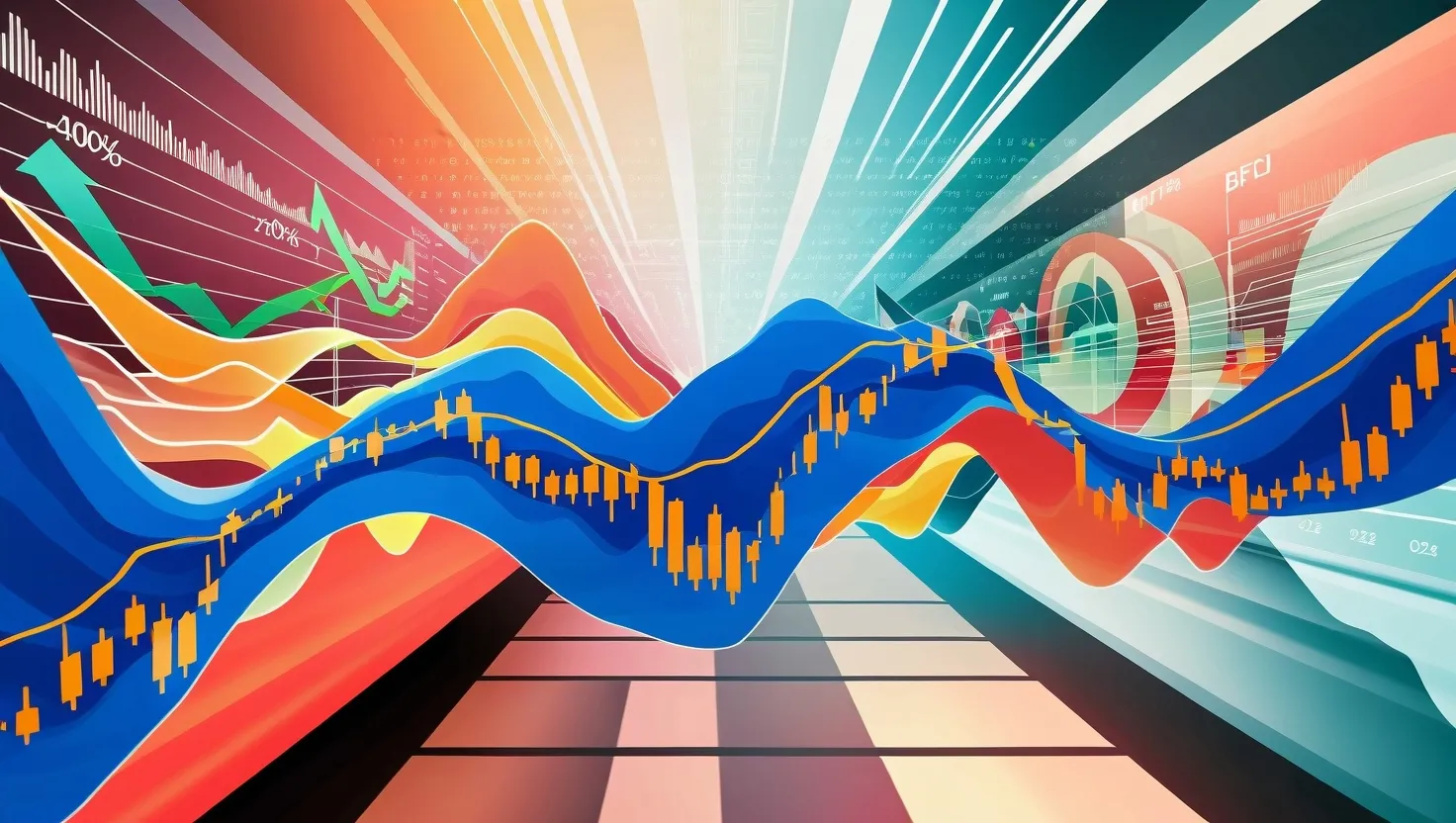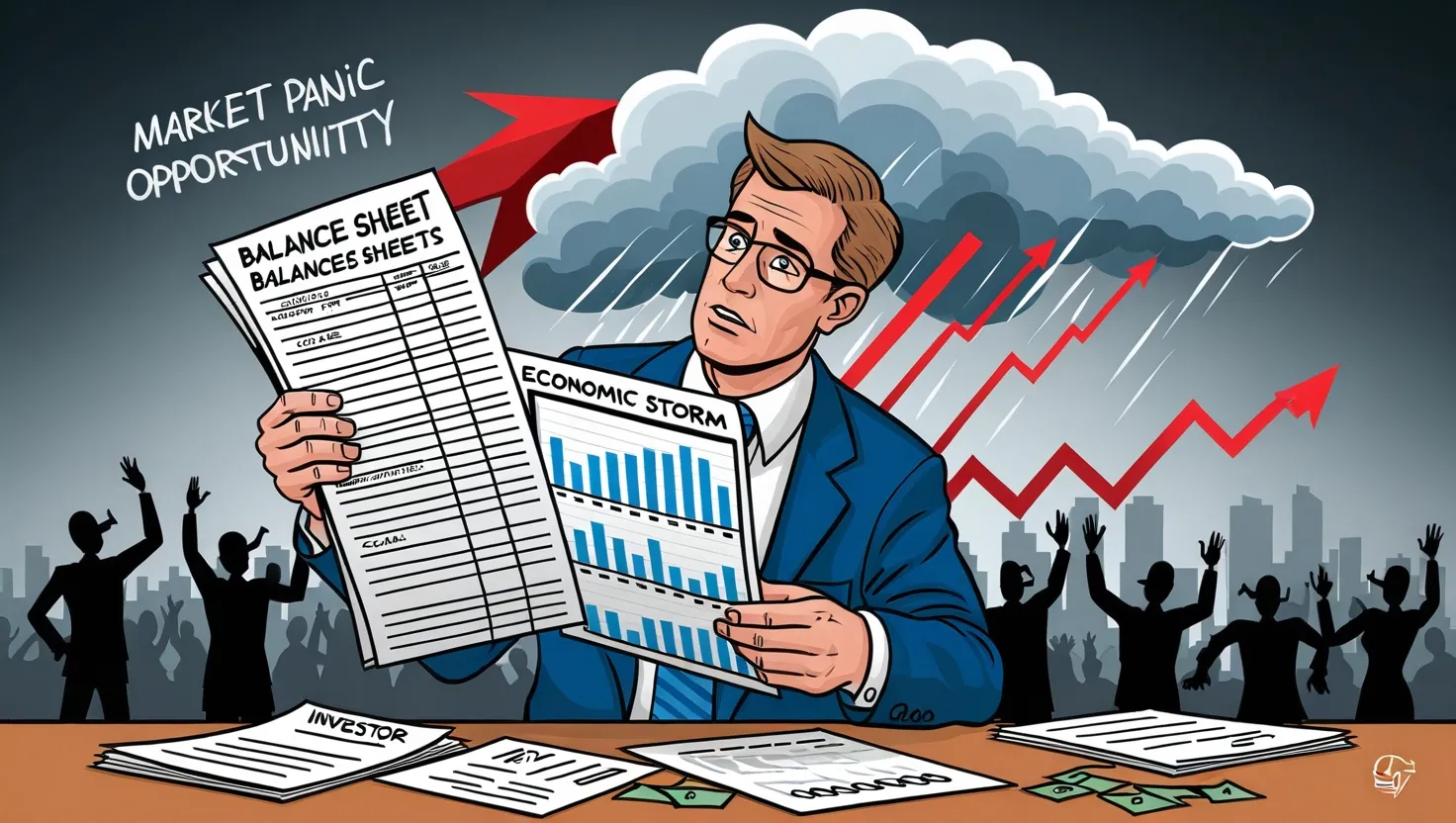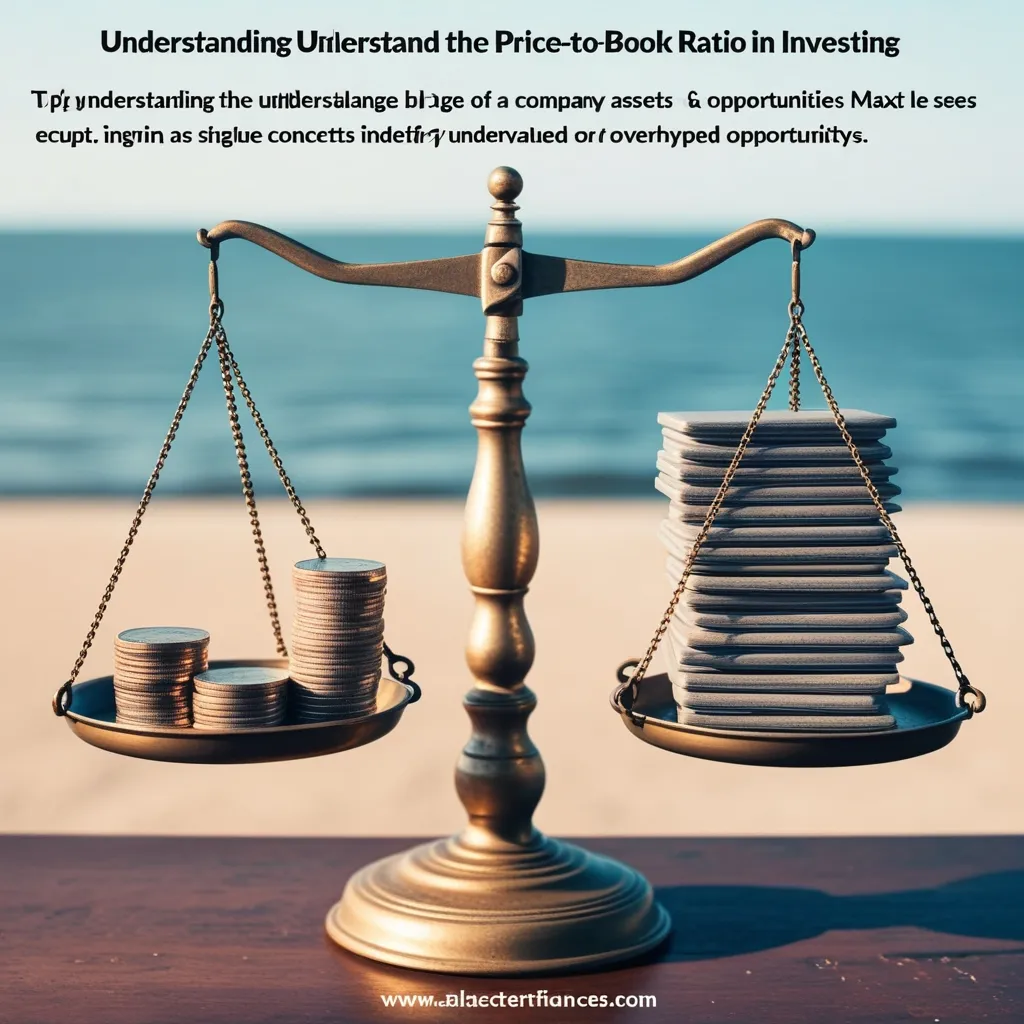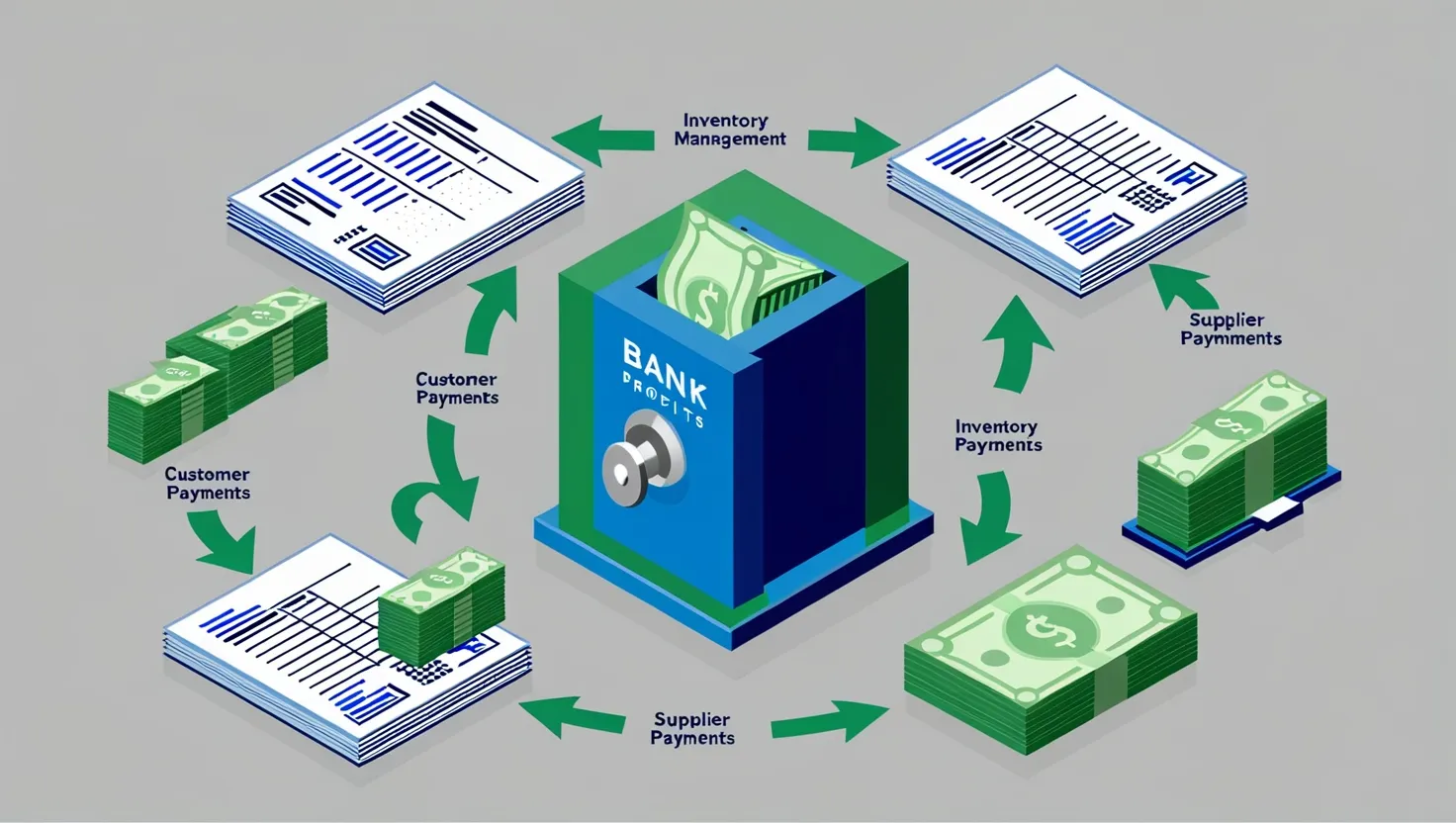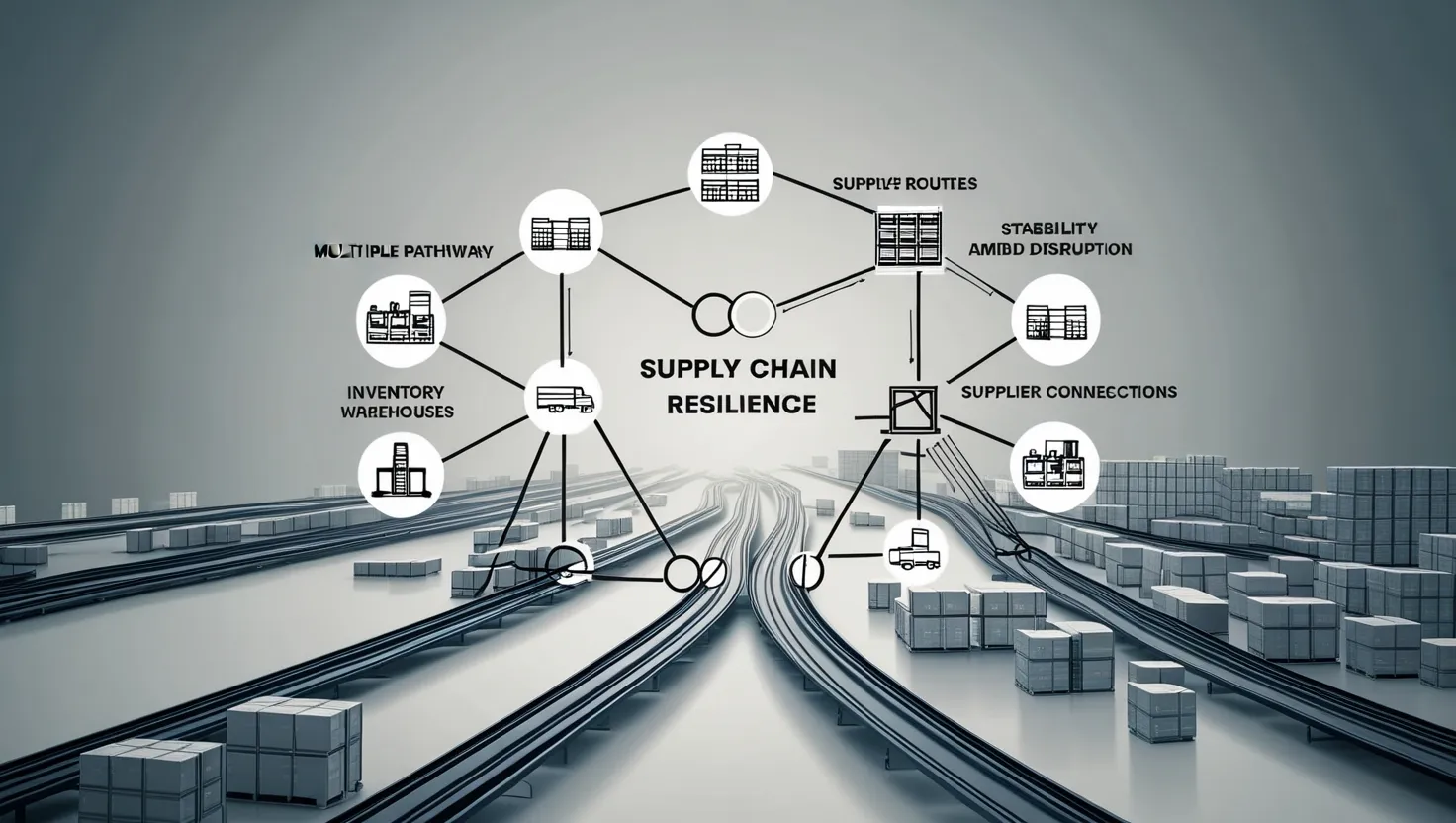Imagine a world where evaluating market trends is not just about staring at screens and charts, but about immersing yourself in a rich, multisensory experience. This concept, inspired by the phenomenon of synesthesia, suggests that by associating different market indicators with specific sounds, textures, or even tastes, you can uncover patterns and insights that might elude traditional visual analysis.
To start, let’s delve into what synesthesia is. Synesthesia is a neurological condition where the stimulation of one sensory pathway leads to an automatic, involuntary experience in another sensory pathway. For example, some people with synesthesia see numbers or words in specific colors, or hear sounds when they taste certain flavors. This unique blending of senses can offer a fascinating perspective on how we process information.
Now, let’s apply this idea to financial market analysis. Traditional financial analysis relies heavily on visual data – charts, graphs, and spreadsheets. However, our brains are capable of processing information through multiple sensory channels simultaneously. By leveraging this multisensory potential, you could transform market data into a more engaging and intuitive experience.
Picture this: you’re analyzing a bullish market trend. Instead of just looking at an upward-sloping line on a chart, you feel a smooth, warm texture, like silk or velvet. This tactile sensation reinforces the positive sentiment of the market, making the data more memorable and engaging. On the other hand, a falling stock might evoke a sour taste, similar to biting into a lemon. This immediate sensory feedback can alert you to potential risks more quickly than a mere glance at a chart.
This approach is not just about creating a novel way to look at data; it’s about tapping into the brain’s ability to process complex information more holistically. When you engage multiple senses, you’re not just using your visual cortex; you’re involving other parts of your brain as well. This can lead to a more comprehensive understanding of the data and potentially more accurate predictions.
For instance, consider the sound of a market trend. A steady, rising market might be associated with a soothing melody, while a volatile market could sound like a discordant mix of notes. This auditory feedback can help you detect subtle changes in market sentiment that might be missed through visual inspection alone.
In practical terms, how could you implement this multisensory approach? One way is through the use of technology that converts data into sensory experiences. For example, you could use software that generates specific sounds or vibrations based on market data. There are already tools that convert data into visualizations, but extending this to other senses could be the next frontier.
Another approach is to create a personal, subjective mapping of market indicators to sensory experiences. This could be as simple as associating certain colors with different types of market movements or creating a mental map of textures that correspond to various economic indicators. The key is to find a system that works for you and to be consistent in how you apply it.
This method also has the potential to enhance your memory and recall of market data. When information is associated with multiple senses, it becomes more memorable. For example, people with grapheme-color synesthesia often report extraordinary capacities for remembering words and digits because each piece of information is linked to a specific color. Similarly, in a multisensory market analysis, you might find that you can recall market trends more easily because they are tied to a range of sensory experiences.
Moreover, this approach can help in making more intuitive investment decisions. Traditional financial analysis often involves a lot of number-crunching and logical reasoning, which can be time-consuming and sometimes lead to analysis paralysis. By engaging your senses, you can tap into your intuition more directly. For instance, if a particular stock feels “off” or tastes sour, you might be more inclined to avoid it, even if the numbers look good on paper.
In the financial services industry, the importance of accurate forecasting and analysis cannot be overstated. Financial market research is crucial for driving a country’s economy and offering opportunities for investors. By incorporating multisensory insights, financial institutions could gain a unique edge in predicting market trends and making strategic decisions.
For example, during the 2020 pandemic, financial market research played a critical role in supporting the economy’s financial recovery. Imagine if, during such times, financial analysts could use multisensory tools to quickly identify areas of risk and opportunity. This could have led to more agile and responsive financial strategies.
Of course, there are challenges to implementing such a system. One of the main hurdles is the subjective nature of sensory experiences. What feels smooth and positive to one person might feel rough and negative to another. Therefore, it’s important to develop a personalized system that works for you and to be consistent in how you apply it.
Additionally, the technology to support such multisensory analysis is still in its infancy. However, with the rapid advancement in AI and data visualization tools, it’s not hard to imagine a future where market data is presented in a fully immersive, multisensory environment.
In conclusion, transforming market data into a multisensory experience is not just a novel idea; it’s a potentially powerful tool for financial analysis. By engaging multiple senses, you can process complex data more holistically, uncover patterns that might be missed, and make more intuitive investment decisions. As we continue to innovate in the field of financial market research, exploring the possibilities of multisensory analysis could be the next big step forward. So, the next time you’re analyzing market trends, consider how you might feel, hear, or even taste the data – it could just give you the edge you need to make smarter, more informed decisions.
